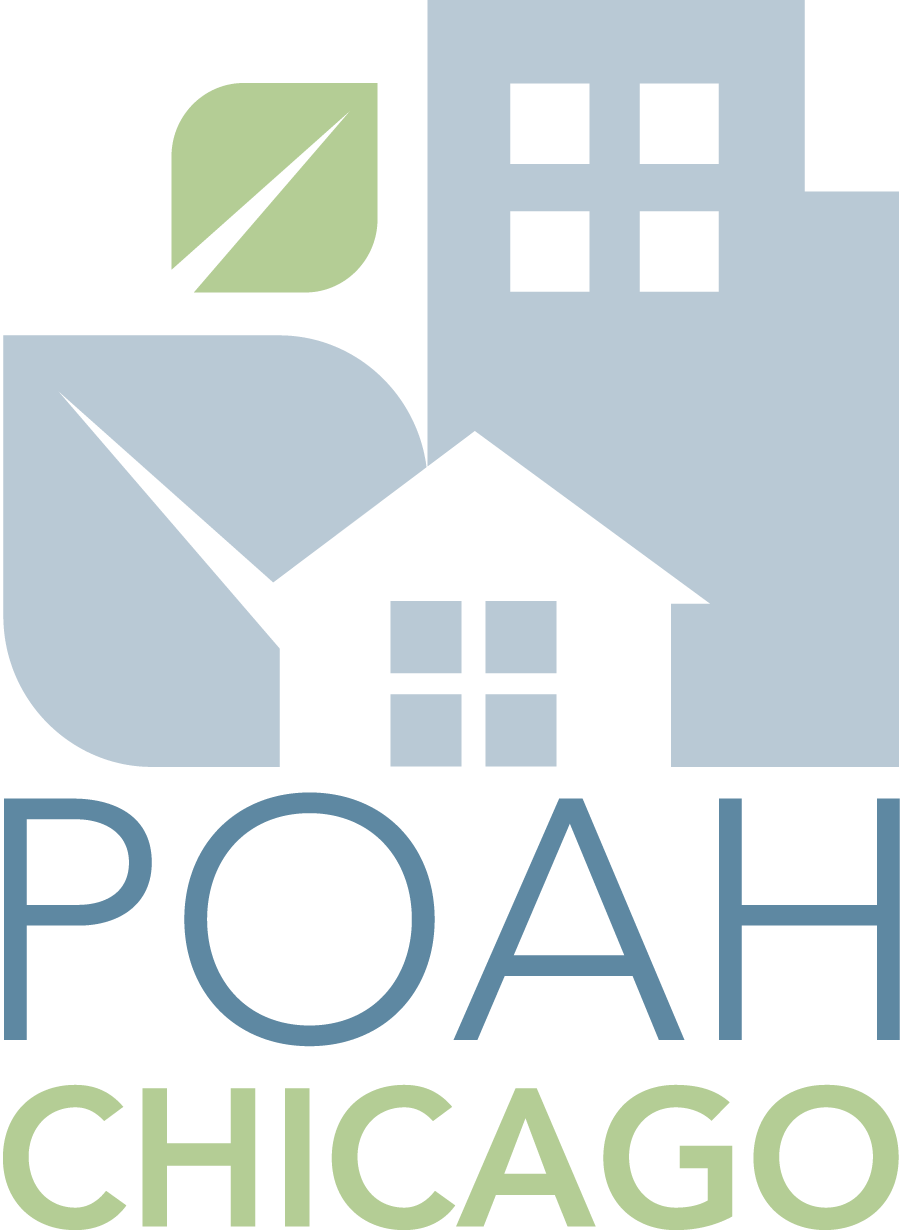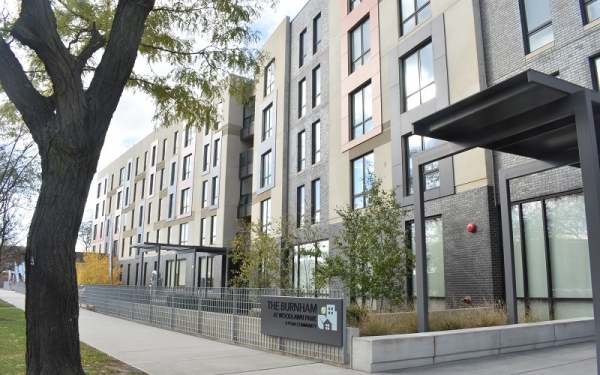Focus on: Chicago
By Brad Stanhope, Novogradac Journal of Tax Credits
When visiting Chicago’s Central Business District, the first thing you notice is the large number of cranes building high-end residential developments,” said Jack Swenson, who works in community development for Local Initiatives Support Corporation (LISC) Chicago.
“Luckily, given Chicago’s unparalleled number of community-based developers, renewed investment in affordable housing is also happening in the city’s low-to-moderate-income neighborhoods on the south, north and west sides,” Swenson said. “In communities like Washington Park, Little Village, Woodlawn and South Shore, this development is being driven by a number of factors, including attractive investment alternatives, innovative incentives, less competition and plenty of available housing stock.”
Developers aren’t alone. Chicago Housing Authority (CHA) has eight new developments and 654 new apartments being built, in addition to the many project-based vouchers that CHA provides to private developers to ensure affordable housing throughout the city. CHA is the largest owner of rental property in Chicago, housing more than 50,000 families and individuals while owning nearly 9,500 apartments for seniors and more than 7,000 units of family housing.
“Historically, the costs prohibited us from participating in development in high-rent communities like River North and Lincoln Park,” said Ann McKenzie, chief development officer at CHA. “Under our affordable requirements ordinance, new construction developers seeking zoning changes or other city assistance are required to provide a percentage of their housing to residents who earn less than 50 percent of the area median income (AMI). This has opened up affordable housing opportunities in high-rent areas."
Boom in New Locations
The result is a boom in the development of affordable housing in formerly underdeveloped North Side locations such as in Rogers Park, where CHA’s partners are developing the Concord at Sheridan and the adjacent Carolyn Hedger Senior Apartments,while redeveloping the historic Lathrop Homes in historic Hamlin Park.
“We’re very excited about Concord at Sheridan,” McKenzie said. “The response from the community was incredibly receptive, with aldermanic support for 60 percent of the units to be provided to CHA residents and the other 40 percent to be market rate. Lathrop is one of our most historic and vital communities.” There are six other developments under construction, including three co-located Chicago Public Libraries and housing.
“We are working with developers on six more buildings, mostly on the North Side, where, historically, we haven’t had much of a footprint,” McKenzie added.
Developers who want to build affordable housing in Chicago have two potential sources of federal low-income housing tax credits (LIHTCs): the city and the Illinois Housing Development Authority (IHDA). Chicago and New York City are the only U.S. municipalities that have their own federal LIHTC allocation.
“We benefit from the city of Chicago actually having its own credit allocation,” said Rachel Rhodes, vice president and regional manager, Central, at National Equity Fund, an affiliate of LISC. “IHDA has a QAP [qualified allocation plan] and the city does too, so you have a wide range of agendas. IHDA looks at and knows what the city is looking for and IHDA balances that out.” Applicants can receive allocations from either agency or from both. IHDA also provides state LIHTCs.
The city has made increasing the supply of affordable housing a priority by enhancing its housing financing tools to go beyond the LIHTC. Chicago has done so by creating new pools of financing for affordable housing through laws requiring either affordable housing components or donations from market-rate developers.
Mixed Market
In the wake of the Great Recession, rental-housing demand in Chicago increased.
However, it’s complicated. A recent study by the housing center at DePaul University documents that from 2007 to 2015, the percentage of renters increased from 37.7 percent to 44.2 percent of the population but says that at the same time the demand for low-income housing diminished. Yet more than 250,000 people who earn less than the AMI applied for housing assistance in the past few years.
McKenzie said Chicago is lucky to have a strong housing authority, plenty of affordable multifamily housing development and a large suburban area that is part of the same metropolitan statistical area (MSA).
“We’re a relatively strong market, but luckily we don’t have geographical limitations like San Francisco or Manhattan,” McKenzie said. “It’s pretty seamless with the suburbs here.”
Bill Eager, vice president for the Chicago area for national nonprofit Preservation of Affordable Housing, sees uniqueness in Chicago.
“Like a lot of places, there is more need than resources,” he said. “I think unlike Boston, Washington, D.C., and other markets where all the real estate is hot, Chicago is still an interesting split between the haves and the have-nots. Neighborhoods are gentrified, and other neighborhoods have tracts of empty land. It’s a different kind of need. … We have the top and bottom of the market.”
Continue reading here

